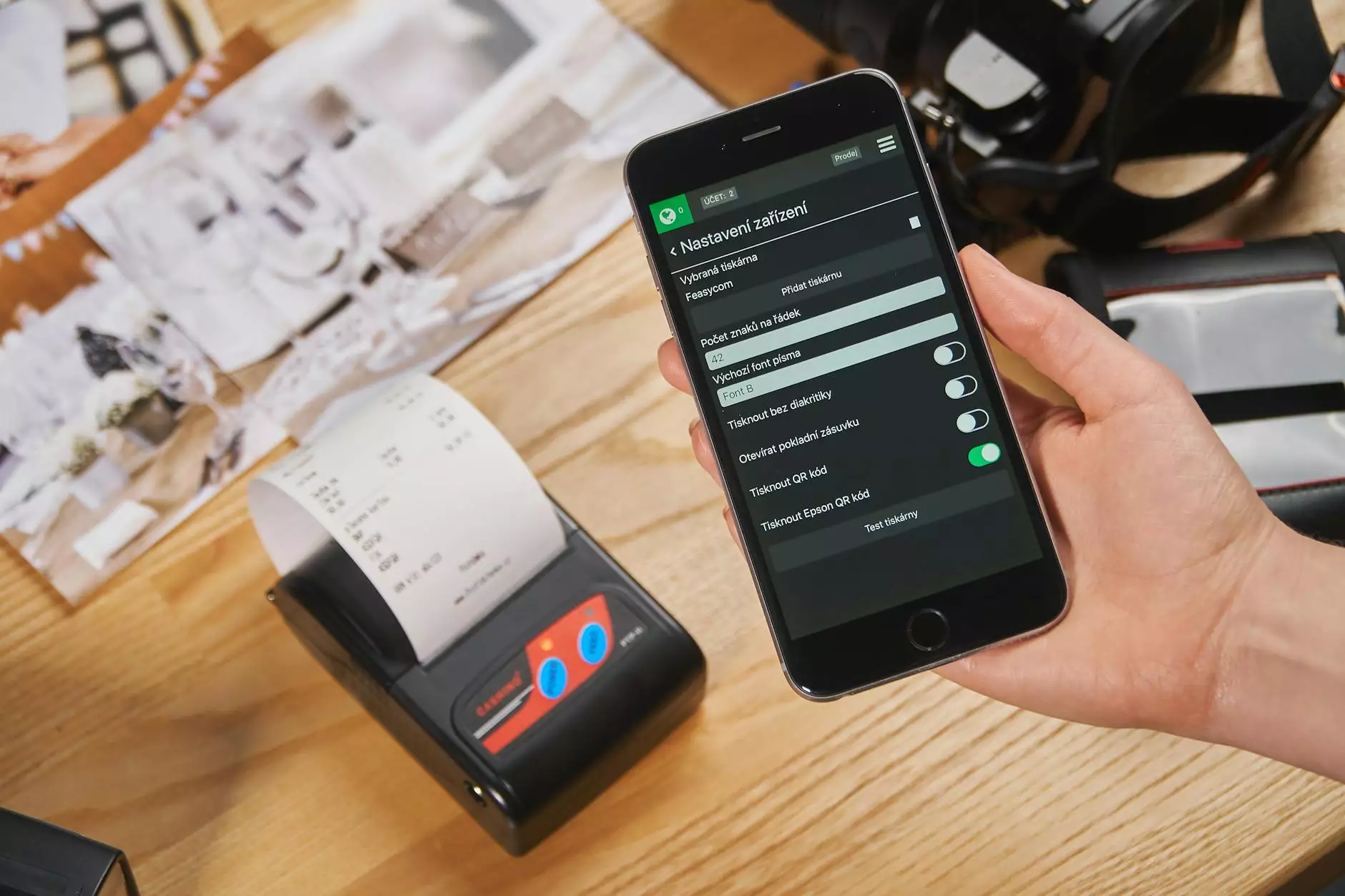Unlocking Business Insights with Animated Butterfly Charts

In the fast-paced world of business, data is king. Companies rely on data analysis to make informed decisions, refine strategies, and ultimately increase profitability. One tool that has gained popularity for its visual impact is the animated butterfly chart. Through this article, we'll explore what a butterfly chart is, how it differs from traditional charts, the benefits of using animated varieties, and best practices for leveraging them in your organization.
What is an Animated Butterfly Chart?
An animated butterfly chart is a type of dual-axis chart that visually represents two datasets side by side, typically using horizontal bars. This format allows for an intuitive comparison of two different aspects of data over a common variable, making it especially useful for displaying changes over time or across categories. The "animated" aspect introduces motion and dynamic transitions that can enhance viewer engagement and understanding.
Understanding the Basics of Butterfly Charts
Before diving into the animated version, let's clarify the basic butterfly chart. It traditionally consists of:
- Two Axes: Typically representing two contrasting datasets.
- Horizontal Bars: Aligning bars on either side of a central axis to highlight differences.
- Data Points: Each bar illustrates specific values for easy visual comparison.
The Advantages of Using Animated Elements
Incorporating animation into butterfly charts not only makes them more visually appealing but also serves several functional purposes:
1. Increased Engagement
Animation grabs attention and keeps viewers focused. When presenting data to stakeholders, an animated butterfly chart can make the information more engaging, leading to better retention of insights.
2. Enhanced Understanding
Motion can help illustrate changes and trends more convincingly than static representations. Animated transitions effectively depict how data evolves over time, making complex information more digestible.
3. Storytelling with Data
An animated butterfly chart allows businesses to tell a compelling story with their data. When data is presented sequentially through animation, it guides the viewer's perspective, revealing insights step by step.
Applications of Animated Butterfly Charts in Business
Incorporating animated butterfly charts can significantly benefit various aspects of business including:
1. Marketing Analytics
In marketing, understanding customer behavior is crucial. Animated butterfly charts can illustrate shifts in demographics, preferences, and purchasing patterns over time. For instance, you can display changes in customer segments before and after a major campaign, allowing for better strategy adjustments.
2. Financial Reporting
Finance professionals can use animated butterfly charts for comparing financial performance metrics such as profits and losses across different time periods. These visuals can help convey financial health to stakeholders in an easily digestible format.
3. Human Resource Management
HR departments can utilize animated butterfly charts to depict data related to employee performance, turnover rates, and satisfaction levels across various teams or timeframes. This visual representation can facilitate discussions regarding policy changes or improvements needed.
How to Create an Animated Butterfly Chart
Creating an effective animated butterfly chart requires careful planning and execution. Here’s a step-by-step guide:
Step 1: Gather Data
Start with collecting relevant data. Ensure your datasets are related and can be logically compared. Each dataset should include categories that can be visually represented side-by-side.
Step 2: Choose the Right Software
Select software tools that support animation functionalities. Options include:
- Excel: Basic visualizations can be animated through slide transitions.
- Tableau: Offers advanced data visualization options including animated effects.
- Datawrapper: A web tool that allows for the creation of interactive charts.
Step 3: Design Your Chart
When you start designing, focus on clarity. Maintain a clean layout, use contrasting colors for each dataset, and ensure that your labels are clearly readable. The animations should not distract from the data but enhance understanding.
Step 4: Test for Clarity
Before finalizing the chart, test it with a small audience. Gather feedback on whether the animated transitions enhance understanding or if they are too flashy, obscuring the data's message.
Step 5: Publish or Present
Lastly, publish the chart on your website, in reports, or during presentations. Make sure it's easily accessible for your audience, whether they are viewing it on a mobile device or a large screen.
Best Practices for Using Animated Butterfly Charts
To maximize the effectiveness of your animated butterfly charts, consider the following best practices:
1. Keep it Simple
Don’t overcrowd your chart with too much information. Focus on essential data points that deliver clear insights.
2. Use Consistent Animation Techniques
Ensure that your animations are consistent throughout your presentation to avoid confusion. Use similar timing, direction, and effects for all transitions.
3. Provide Context
Always include titles, labels, and descriptive elements to provide context for the data. Viewers should understand what they are looking at at a glance.
4. Test Different Variants
Experiment with different designs and animations to see which ones resonate with your audience. A/B testing can be remarkably effective.
5. Solicit Feedback
After using animated butterfly charts, ask for feedback from your viewers to understand their impact. Use this information to refine future visuals.
Conclusion
Incorporating an animated butterfly chart into your data visualization toolkit can significantly enhance your ability to convey complex information clearly and engagingly. Whether in marketing, finance, or human resources, the visual power of these charts can transform data into insights that drive strategic decision-making.
As the business landscape continues to evolve, leveraging innovative data visualization techniques like animated butterfly charts will set your company apart. Begin exploring this powerful tool today, and watch as your presentations and reporting transform into impactful narratives that resonate with your audience.









